In every culture, there’s one food that stands out as a symbol of tradition. For Koreans, that food is kimchi. Whether spicy and tangy, or sweet and mild, kimchi is more than just a staple of Korean cuisine—it’s a cultural icon. Its rich history and unique flavors have made it beloved by many worldwide, especially here at Bergen County Academies.
Created to preserve vegetables during Korea’s harsh, long winters, kimchi has a rich history. Traditionally, vegetables, like napa cabbage or radish, were salted and mixed with seasonings such as garlic, ginger, gochugaru (red pepper flakes), and fish sauce, and then were left to ferment in large earthenware jars underground. This fermentation process not only enhanced the flavor but also allowed families to store nutritious food throughout the winter months.
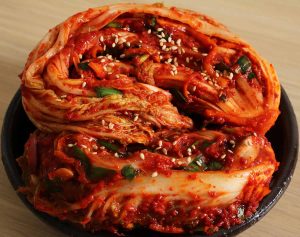
Despite coming from diverse cultural backgrounds, many BCA students are no strangers to kimchi. In a recent survey of BCA students, around 90% reported having tried it, with many loving it. The most popular type was traditional napa cabbage kimchi, though some students said they were curious to try other types, such as ponytail kimchi, cucumber kimchi, and white kimchi.
Students also shared their favorite ways to enjoy kimchi, with dishes like kimchi jjigae (kimchi stew), kimchi dumplings, and kimchi fried rice topping the list.
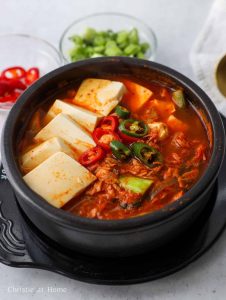
“I really like chamchi kimchi jjigae and it’s one of my favorite dishes,” said Sophia Lee, a sophomore in AVPA-V. “The savory flavors are comforting, and I love the way the vegetables and red pepper flakes blend to make the perfect balance. The chamchi, or tuna, adds a hearty taste that brings the whole dish together. It’s flavorful, warming, and just really satisfying.”
Some students have even tried making kimchi themselves. Through the process of gimjang, which refers to the Korean tradition of making large quantities of kimchi usually in late fall or early winter. Although it requires a lot of hard work, many people find it to be a meaningful family event.
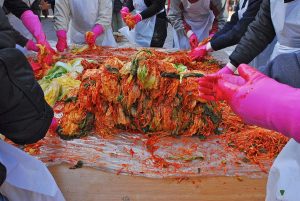
“I know what goes in it, but I don’t think it’s the ingredients that matter, but more the time you spend together making it,” said Elizabeth An, a sophomore in AMST. “Every single time I make it with my family, it’s just fun. Especially now that BCA is even harder, it’s a nice break because I’m just spending time with my family. It’s a long process having to carry the buckets and buckets of cabbage and radish up and down the stairs in the garage, and having to wash them and squeeze out all the water, but it’s the process that makes you enjoy it even more.”
Kimchi isn’t just for those who grew up eating or making it, though. Even students who haven’t tried it are curious, open-minded, and excited by the idea of exploring new flavors and learning more about other cultures through food.
“I’ve never had kimchi, but I feel like my favorite type would be cucumber, because I love cucumbers,” said Elena Gergis, a senior in AVPA-T. “I love the crunch of a cucumber, and it’s quite refreshing, and I feel like the spiciness and the fermentation from the ingredients would add nice dimension to the cucumber.”

Beyond the flavor, many also appreciate the health benefits of kimchi too. It’s packed with tons of probiotics, which support digestion and boost the immune system by promoting a healthy gut. Due to the fermentation process, kimchi is rich in vitamins, antioxidants, and fiber. One study by SciTechDaily, titled “Kimchi Diet Reduces Body Fat by 31.8% in Preclinical Study,” showed that including kimchi in one’s meals can serve as a dietary strategy to address global obesity, based on numerous studies and clinical trials.
As BCA students continue to explore global cuisines, one thing is clear: kimchi is more than just a side dish. It’s a flavorful, cultural experience that brings people together — one spicy bite at a time.

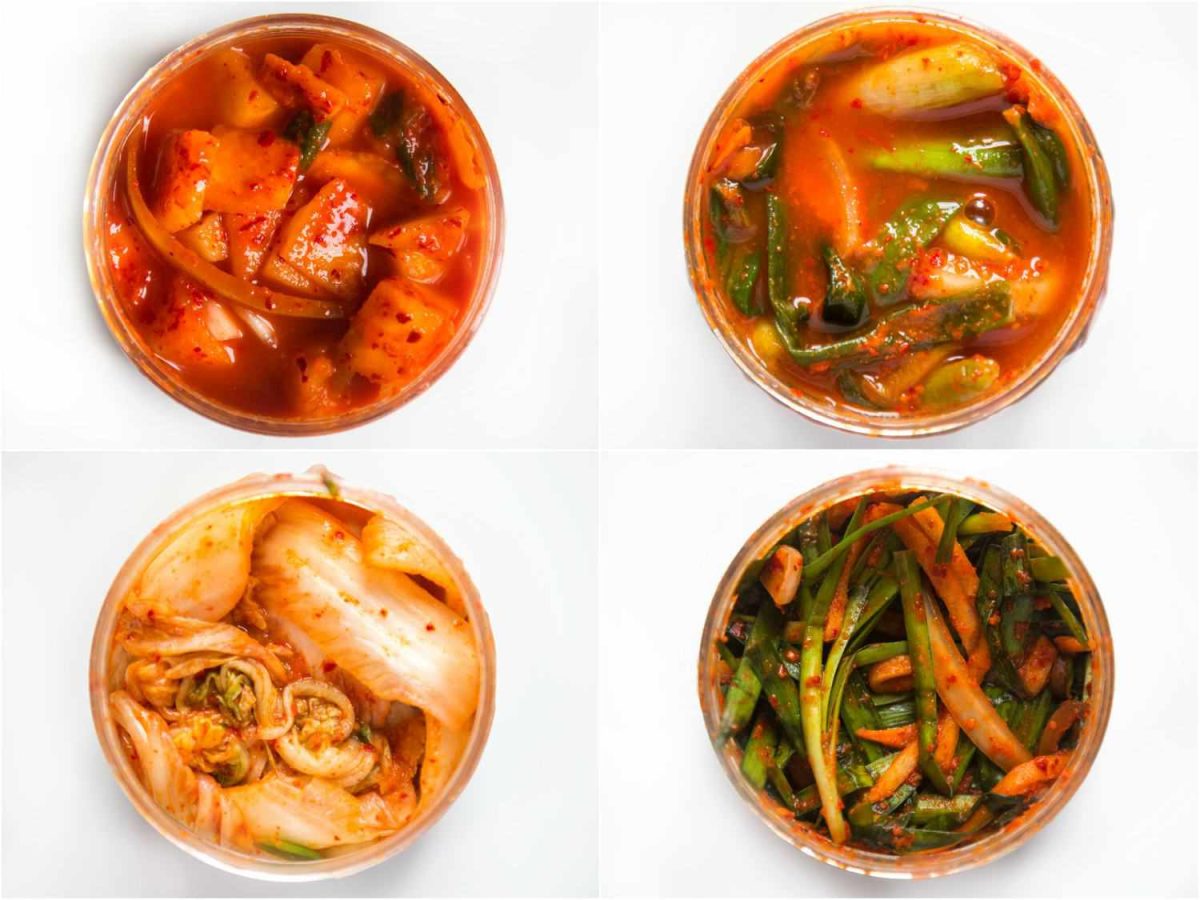
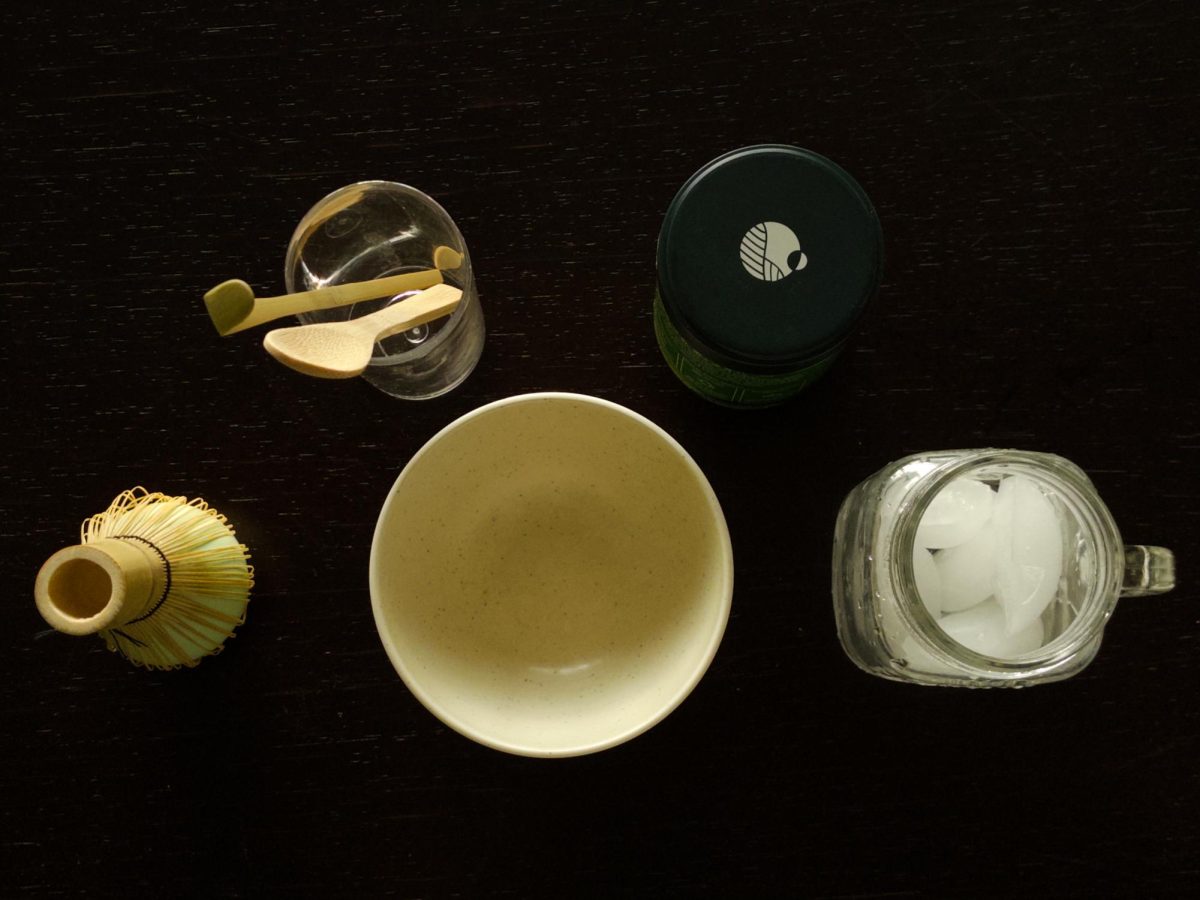
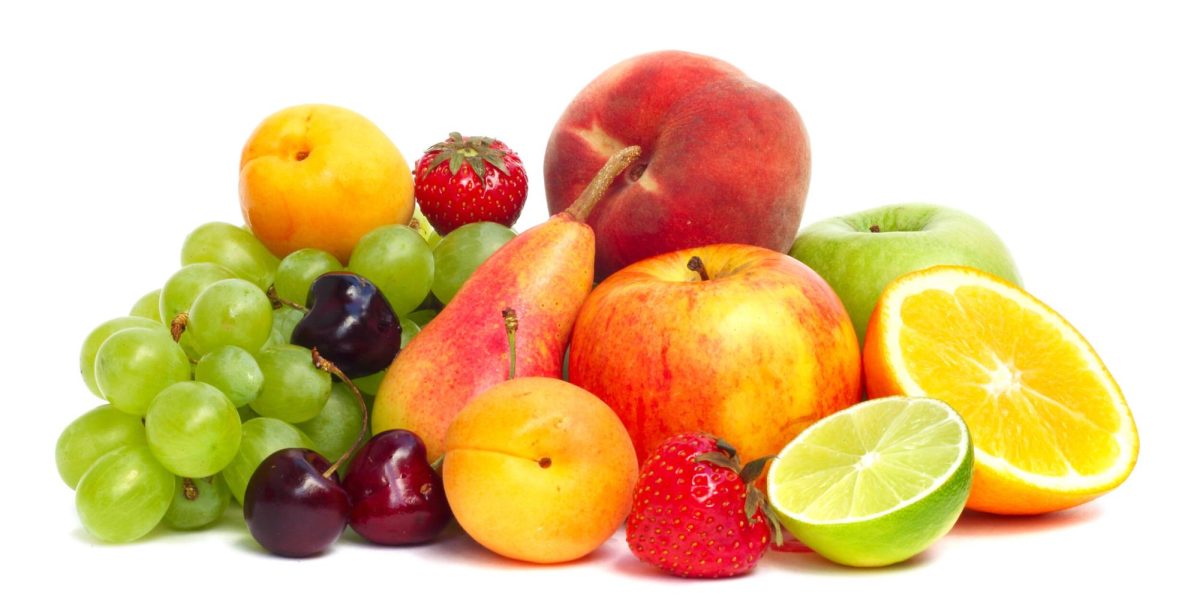



Lauren Cho • Jun 11, 2025 at 3:38 pm
omg this is so awesomeeeeeee